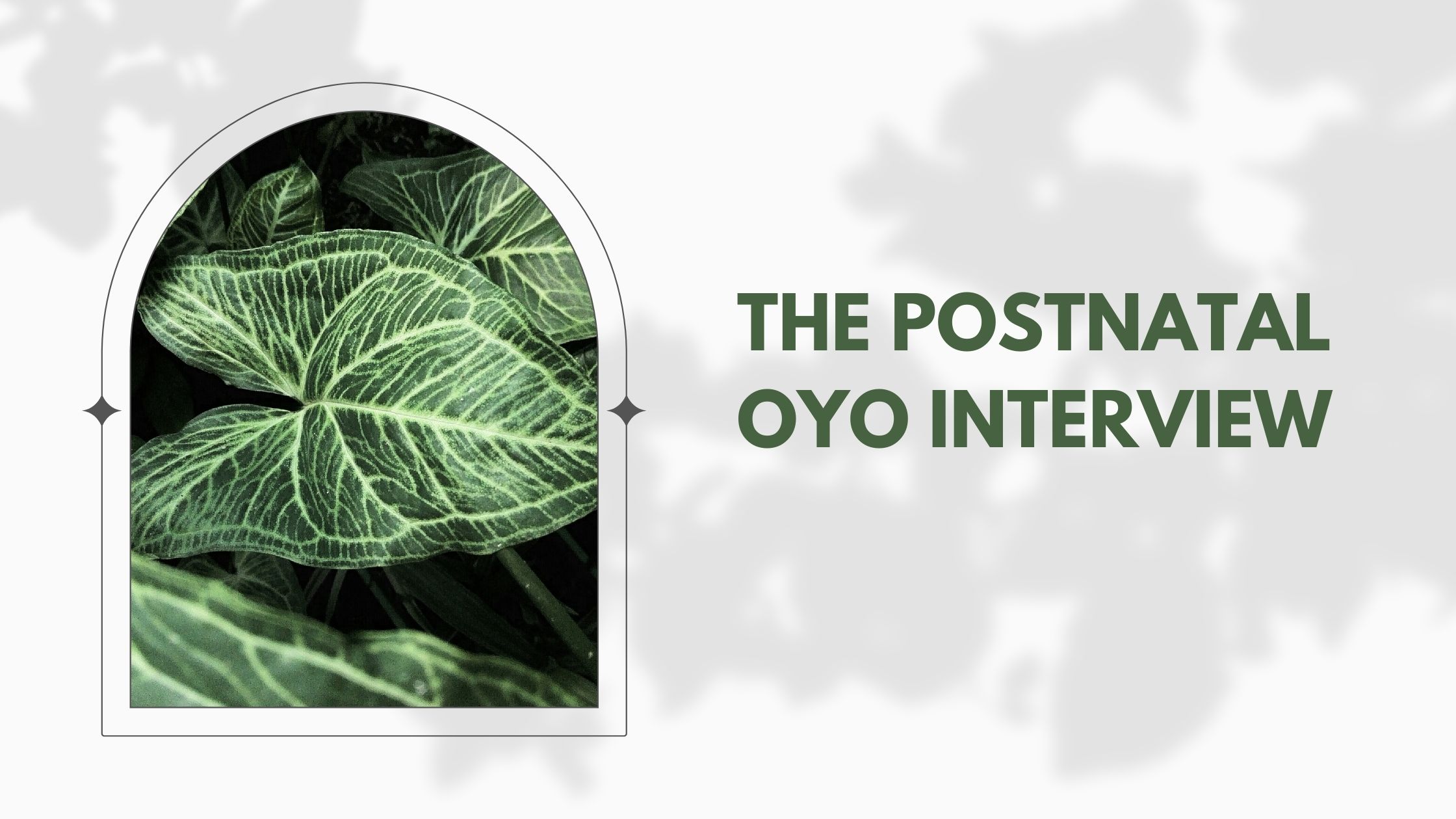So for me, the belief has been to figure out—“What does a customer in India demand?”—and provide that. My customers tell me that they are looking for a clean and affordable room in a good location. We give them that and that is why they come. And the signage outside the hotel is how you get to the top of the funnel. I am very focussed on conversion and not so much on traffic. Because I believe if you have the best conversion metrics, you can create a virtuous cycle.
Now remember, this is my philosophy and I’ve been challenged a lot on this, including by my chief financial officer, my chief marketing officer, and my chief strategy officer. Everybody challenges me saying, “Ritesh, you’re too obsessed with conversion.” But I believe in it because India is supply-constrained as far as quality options are concerned.
That’s the mindset I have operated with for a long period of time now, for good or for bad. It doesn’t mean we don’t try new top-of-the-funnel things. But so far, our occupancy has done okay for all the new hotels we opened with the repeat customers primarily.
So what is the top-of-the-funnel split right now between the direct customers, the OTAs, and walk-ins?
In India, I think a majority of our business—in the range of 93-94%—would be from non-OTA channels.
For most of our competitors, this number may be dramatically lower because they depend highly on OTAs, specifically Booking.com and Trivago, to funnel business. Our model works the best for hotel partners as well because they don’t need to give double commission, first to the brand and the second to the online travel agency.
If I were to split that 93% further, the majority of it will be through online channels—the app and browser—so I would say probably 65% or so. You would anticipate around 20% more from corporate/enterprise sales. And then you’d have 6% primarily through walk-ins.
The Postnatal OYO Interview

Q. If you have such a high percentage of direct customers and an equally high percentage of repeat customers, why is there a perception, at least on social media, of widespread consumer resentment against OYO? A social media search shows a vast number of people complaining the experience was substandard. Similarly OYO’s customer satisfaction scores on OTAs like Booking.com are often very low. How do you reconcile that?
The headline answer is OYO has served 19 million customers in India, and we have many more app downloads. And these are consumers who we have full details of, some consumers we may or may not have full details of like walk-ins, and so on and so forth.
90% of our revenue comes from repeat and word of mouth. So, there are definitely some customers who are happy about coming back to OYO. At the same time, there are definitely some customers who are unhappy. And if you compare that to any other leading startups in India like Ola or Swiggy, you will get thousands of complaints for each of those brands on social media. That doesn’t mean that a large percent of our customers are unhappy.